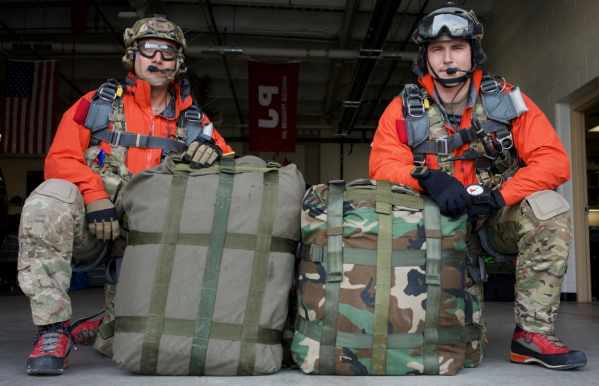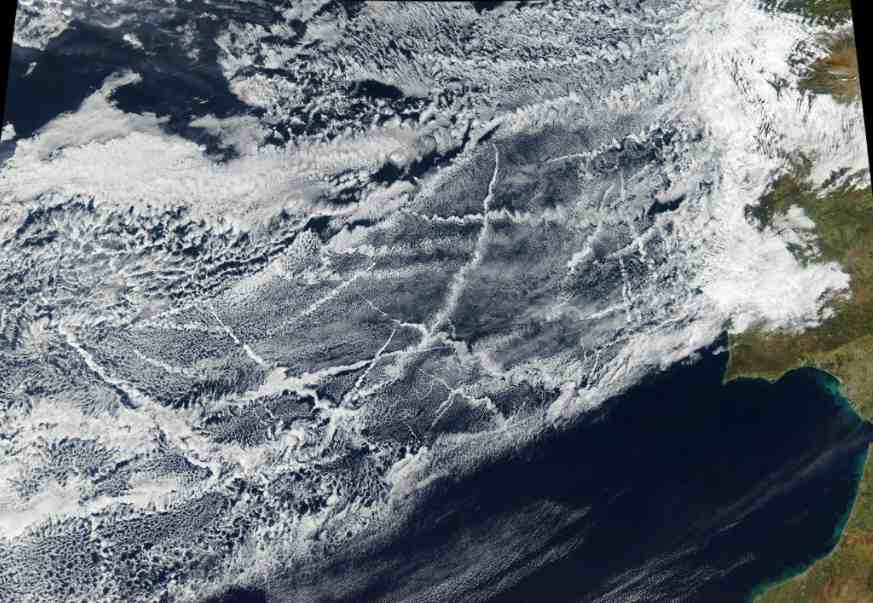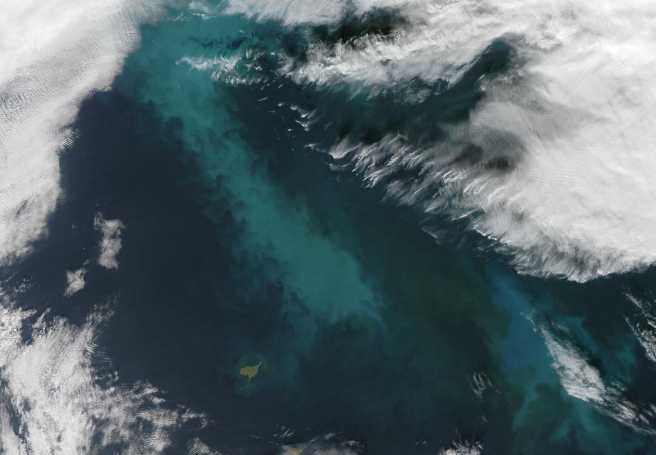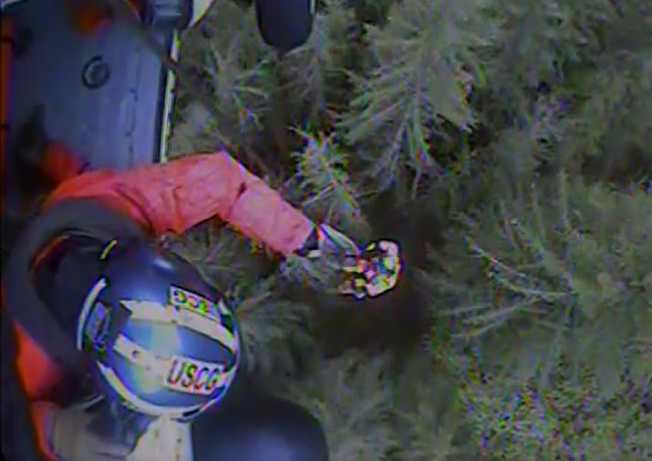JOINT BASE ELMENDORF-RICHARDSON, Alaska — Rescue crews from the Alaska Air and Army National Guard navigated across 1,850 miles of southcentral, southwest and northeast Alaska, saving 10 people in four civil search and rescue missions and one medical evacuation mission.
The first call for assistance came to the Alaska Rescue Coordination Center from Alaska State Troopers Friday, June 30. A hiker had used a satellite communication device to call for help after experiencing a significant leg injury on Winner Creek Trail near Girdwood.
Heavy clouds and low visibility precluded attempts by a civilian air ambulance to reach the hiker, so the AKRCC coordinated with the 176th Operations Group search and rescue duty officer to dispatch a 210th Rescue Squadron HH-60G Pave Hawk helicopter with a 212th Rescue Squadron Guardian Angel team of pararescuemen on board.
The AKRCC controller on duty passed a phone number through the Alaska State Troopers to the survivor allowing communication directly with the AKRCC, said Alaska Air National Guard Master Sgt. Mark Roberts, AKRCC search and rescue controller. The injured hiker provided medical condition, weather updates and positional guidance for the Pave Hawk.
Once overhead, the HH-60G special missions aviator lowered the GA team to the patient where they performed field care and prepared the patient for hoist into the hovering helicopter and transport to Providence Alaska Medical Center.
On July 2, the AKRCC received a 406 Emergency Locator Transmitter beacon signaling a distressed aircraft near a popular landing strip alongside McArthur River in southcentral Alaska. The ELT was registered with up-to-date information, allowing the AKRCC to initiate emergency calls reaching a listed emergency contact who had received a satellite phone call from the pilot reporting a crash landing in bad weather.
A Pave Hawk with a GA team on board located the aircraft and safely transported four uninjured persons to the Wasilla Airport; two from the crash and an additional two who were stranded due to weather.
“The registration information coupled with the coordinates provided from the satellite phone enabled aircrew to navigate directly to the site,” Roberts said. “When we use only ELT coordinates, we have to set up a search area which can delay critical rescue timelines.”
Roberts’ statement was further emphasized July 4, when a second general aviation aircraft crash landed on a similar landing strip along McArthur River. The aircraft did not emit an ELT distress signal, so the AKRCC was not initially aware. The uninjured pilot carried a satellite communication device and contacted the AKRCC directly to report the crash.
The Army National Guard accepted the aircraft crash mission and responded with a 207th Aviation Regiment UH-60 Black Hawk. The aircrew quickly located the site using the satellite communication device coordinates and transported three uninjured persons safely to Anchorage.
Also on July 4, Air National Guard rescue assets were dispatched north of McCarthy, when the National Park Service requested hoist-capable rescue for a hiker experiencing a severe allergic reaction impacting eyesight on challenging, glacial terrain.
“The hiking party, like the other rescues this week, carried a two-way communication device, which helped us identify the right rescue assets and expedited their pick-up,” Roberts said.
Meanwhile, the AKRCC coordinated the dispatch of a 211th Rescue Squadron HC-130J Combat King II to provide helicopter air-to-air refueling for the Pave Hawk enroute to McCarthy. Once on scene, pararescumen provided field medical care and safely hoisted the juvenile hiker and mother into the helicopter for transport to Providence Alaska Medical Center.
The refueling capability provided to the Pave Hawk by the Combat King significantly reduces time enroute as the helicopter would otherwise have to ground-refuel, which could make the route of flight less direct. Additionally, the Combat King provides weather reconnaissance and terrain navigation for the Pave Hawk, as was demonstrated in a medical evacuation mission to Chignik Bay earlier in the week.
“Over the past week, we dispatched seven aircraft with aircrew, Guardian Angels and Army medics standing ready for the call” Roberts said. “The civil search and rescue capability provided by the Alaska Air and Army National Guard is unparalleled as Guardsmen navigate inclement weather, perform life-saving field and enroute medical care, and safely transport approximately 100 patients each year.”
[content id=”79272″]







